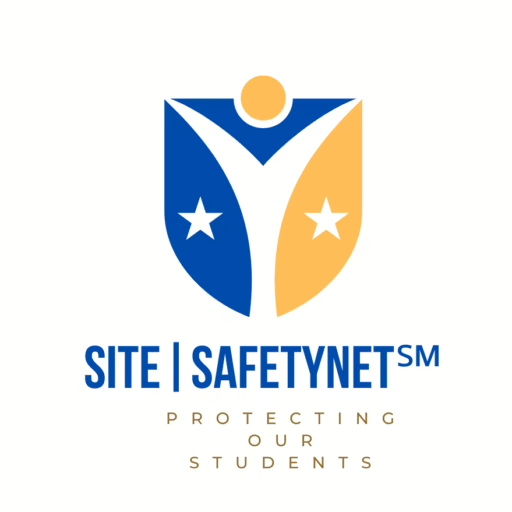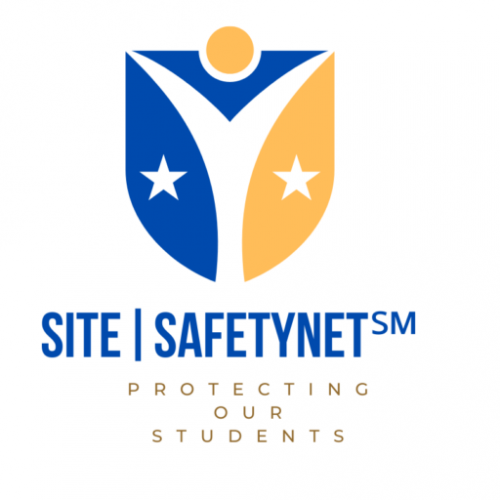 By Robert Jordan, Founder of SITE| SAFETYNET℠
By Robert Jordan, Founder of SITE| SAFETYNET℠
Ohio’s recent decision to purchase two mobile shoot houses at a cost of $78,000 each to train armed school staff is a stark example of the ongoing misallocation of educational funds. As politicians push for more “security theater,” essential resources are being diverted from crucial educational needs, leading to a detrimental impact on school budgets and staff.
Understanding Mobile Shoot Houses
A mobile shoot house is a modular training facility that military and SWAT teams typically use. These structures, made of configurable wall panels, simulate residential environments for tactical training exercises. The vendor’s standard package offers 700 square feet, with the most prominent option extending to 2,000 square feet. However, these setups are designed for drug raid simulations, not school environments.
The Disconnect with School Environments
To provide context, an average school classroom is approximately 1,000 square feet, with adjacent hallways covering about 360 square feet. A realistic school training setup with two classrooms and a hallway would require at least 2,720 square feet, far exceeding the capacity of these mobile shoot houses.
Moreover, data from David Riedman’s K-12 School Shooting Database reveals that 70% of school shootings occur outside. When shootings happen indoors, they often involve spontaneous violence in common areas like hallways or cafeterias, with perpetrators usually fleeing the scene. For premeditated attacks, half begin and end within the same room, typically carried out by students.
Impractical Training Scenarios
Practical training for armed teachers would need to simulate real-world scenarios where a teacher identifies a threat within a classroom and responds accurately. However, it is improbable that Ohio’s training will involve scenarios with teachers shooting at student assailants. Instead, they are likely practicing in empty rooms, which does not prepare them for the chaotic and high-stress environment of a real classroom filled with students.
Logistical and Financial Concerns
Ohio has 3,100 schools, making it impractical to provide adequate training with only two mobile shoot houses. Offering a single day of training at each school, giving each staff member roughly four minutes of training time, would take over five years. Such minimal training is insufficient to prepare teachers for real-life active shooter situations.
Furthermore, the cost of training extends beyond the initial purchase. Expenses include instructor fees, setup and teardown costs, supplies, transportation, teacher overtime, and maintenance. These additional costs could quickly become millions, burdening strained school and police department budgets.
Misplaced Priorities
This purchase is particularly troubling given the financial challenges facing schools. For example, Cleveland Public Schools is dealing with a $140 million deficit, and Akron Public Schools is projecting $16 million in cuts for 2025. Other states, like Oregon, are also experiencing significant budget shortfalls, leading to cuts in essential programs and staff.
Conclusion: A Call for Practical Solutions
Investing in mobile shoot houses for schools is a prime example of a security theater that does little to enhance safety. These funds would be better spent on comprehensive safety assessments, mental health support, and other proven measures to prevent school violence. The focus should be on creating a safe and supportive learning environment rather than pursuing expensive, ineffective training methods.
At SITE| SAFETYNET℠, we advocate for evidence-based approaches to school safety. Our platform offers comprehensive safety assessments designed to enhance educational environment security effectively. We can better protect our students and create safer schools by prioritizing practical and proven measures.
For more insights on school safety and effective prevention measures, visit David Riedman’s K-12 School Shooting Database and listen to his podcast “Back to School Shootings.”

